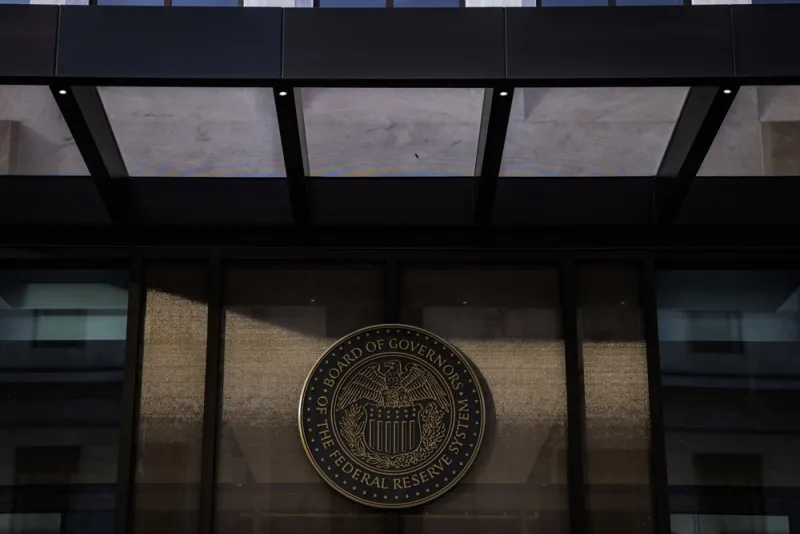Investors are proceeding with caution as central banks move to rein in inflation.
Expectations of more aggressive monetary policy have prompted investors to adopt more defensive asset allocation strategies, according to Bank of America’s December fund manager survey. The monthly survey, which looks at investor sentiment and positioning, took place from Dec. 3 to Dec. 9 and garnered responses from 371 participants with $1.1 trillion in assets under management.
In a virtual press conference on Tuesday, Michael Harnett, Bank of America’s chief investment strategist, said he expects the Federal Reserve System to turn “very hawkish” in early 2022. Of the fund managers surveyed, 42 percent said they now consider hawkish central bank rate hikes to be the biggest tail risk, with 49 percent of investors expecting to see two Fed rate hikes in 2022.
“You’re going to see the Fed address inflation with a very rapid end of the quantitative easing program and interest rate hikes in the early part of 2022,” Harnett said.
According to BofA, expectations of more hawkish central banks have already triggered an increase in survey respondents’ average cash balance, which moved from 4.7 percent to 5.1 percent in December.
“The jumping cash was a surprise,” Harnett said. “That sort of jump in cash happens once every 18 months or so.”
In addition to piling into cash, investors have also adopted more defensive positioning by overweighting healthcare stocks and underweighting assets that are exposed to interest rate hikes, including bonds and emerging markets, according to the survey findings.
Fund managers polled by BofA said they expect emerging market equities and the S&P 500 to produce the best returns in 2022. But the year may have a rocky start: Harnett said he expects both equity and credit markets to record negative returns in the first half of 2022.
“The prevailing theme in the first half of 2022 is going to be a rate shock,” Harnett said. “I think this naturally follows what the markets have seen over the past month, which was an inflation shock. And, in turn, this naturally followed what preceded that: a policy panic and a dramatic recovery in the economy.”
As a result of this interest rate shock, Harnett said he expects economic growth to slow. In December, monetary risk as measured by the BofA survey increased to 74 percent, the highest it’s been since November 2018, during the Fed’s last hiking cycle. Expectations for higher short-term rates are at a net of 86 percent, which is also the highest since November 2018, according to the report.
In the press conference, Harnett said that while the survey’s positions may provide a prescient snapshot of the market’s direction, it’s important for investors to remember that the greater macroeconomic outlook hasn’t changed much. In fact, 67 percent of respondents said they expect an economic “boom” — a period of above-trend growth and inflation— over the next 12 months, while only 3 percent predicted a recession.
“There’s no doubt that our fund manager survey today shows that investors have become a lot more cautious, a lot more worried about the Fed, a lot more worried about the central banks’ rising rates,” Harnett said. “But there’s been no capitulation.”







